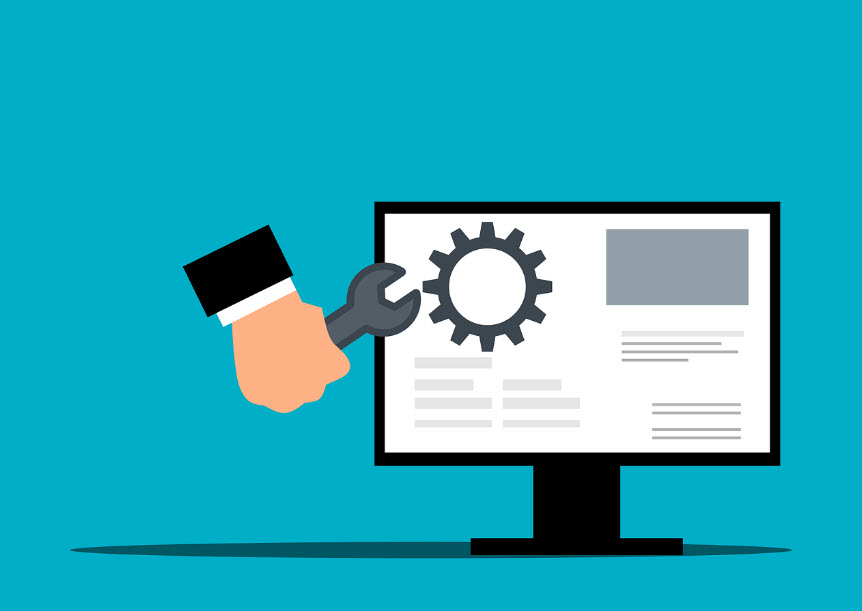
In today’s fast-paced business environment, clear and effective communication is more than just a necessity—it is a foundation for success. With remote work, hybrid models, and globally distributed teams becoming the norm, the need for robust internal communication tools has skyrocketed. This is where internal communication software and intranet portals come into play. These digital solutions offer centralized platforms where employees can collaborate, share information, and stay updated in real-time, regardless of their physical location.
Understanding Internal Communication Software
internal communication software is designed to streamline conversations within an organization. It typically includes features such as instant messaging, group chats, file sharing, video conferencing, and task management. Tools like Slack, Microsoft Teams, and Zoom are popular examples that have revolutionized workplace interaction. By integrating with various other platforms and apps, these tools eliminate the need for back-and-forth emails and make communication more dynamic and transparent.
These platforms allow for quick decision-making, reduce misunderstandings, and promote a culture of openness. Employees are more likely to feel engaged and connected to their teams when communication is fluid and accessible. Additionally, management can use these tools to disseminate important announcements and gather feedback effectively.
Exploring the Functions of an Intranet Portal
An intranet portal is a private network accessible only to an organization's staff. It serves as an internal website where employees can access documents, policies, announcements, training materials, and collaborative workspaces. Unlike internal communication software, which focuses more on real-time interaction, intranet portals act as repositories of knowledge and information.
Modern intranet portals are far more interactive and user-friendly than their predecessors. With features such as content management, employee directories, discussion forums, and personalized dashboards, intranet portals have become essential for information dissemination and employee self-service. They also play a significant role in onboarding new employees by giving them access to all the necessary resources in one place.
How Integration Boosts Productivity
The integration of internal communication software with intranet portals creates a seamless communication ecosystem. Employees can transition smoothly from reading a policy document on the intranet to discussing its implementation in a chat group or scheduling a related meeting—all within one digital workspace. This level of integration reduces time wasted switching between different platforms and helps teams stay focused and productive.
Having a unified digital workspace also enhances data security and compliance. Since all interactions and document exchanges happen within the company’s digital infrastructure, the risk of data breaches through external communication channels is minimized. Moreover, IT departments can manage access and monitor activities more effectively, ensuring compliance with organizational policies and regulations.
Improving Employee Engagement and Morale
Internal communication software and intranet portal also contribute significantly to employee engagement. Features like recognition tools, social feeds, and employee surveys foster a sense of community within the organization. These tools empower employees by giving them a voice and recognizing their contributions publicly, which can lead to higher morale and job satisfaction.
Through forums, blogs, and shared workspaces, employees from different departments can collaborate and share insights. This cross-functional communication encourages innovation and helps break down silos that often hinder productivity and growth. Leaders can also use these platforms to communicate the company’s vision, goals, and updates directly to employees, fostering transparency and trust.
Customizing Solutions for Organizational Needs
One of the greatest strengths of modern internal communication software and intranet portals is their flexibility. Organizations can tailor these tools to align with their specific goals and culture. Whether it’s creating department-specific workspaces, customizing user interfaces, or integrating third-party tools, customization ensures that the solutions are user-friendly and relevant to the organization’s unique workflow.
Scalability is another important factor. As businesses grow, these platforms can adapt and expand, supporting more users and functionalities without compromising performance. This makes them a wise investment for organizations of all sizes, from startups to large enterprises.
The Future of Workplace Communication
As technology continues to evolve, the future of internal communication software and intranet portals looks even more promising. Artificial intelligence, machine learning, and advanced analytics are being integrated into these platforms to provide smarter insights, automate routine tasks, and personalize user experiences.
Voice-activated interfaces, virtual reality meetings, and predictive communication tools are on the horizon, aiming to make workplace communication more immersive and intuitive. Organizations that embrace these innovations will likely see increased collaboration, efficiency, and employee satisfaction.
Conclusion
Internal communication software and intranet portals have become indispensable in the modern workplace. They not only improve how employees interact and collaborate but also support organizational growth and resilience. By investing in these technologies, businesses can ensure that their teams stay connected, informed, and motivated—regardless of where they work from. As the digital workspace continues to evolve, companies that prioritize effective internal communication will be better positioned to thrive in the competitive landscape.
 icons at the top right corner of the subsection.
icons at the top right corner of the subsection.